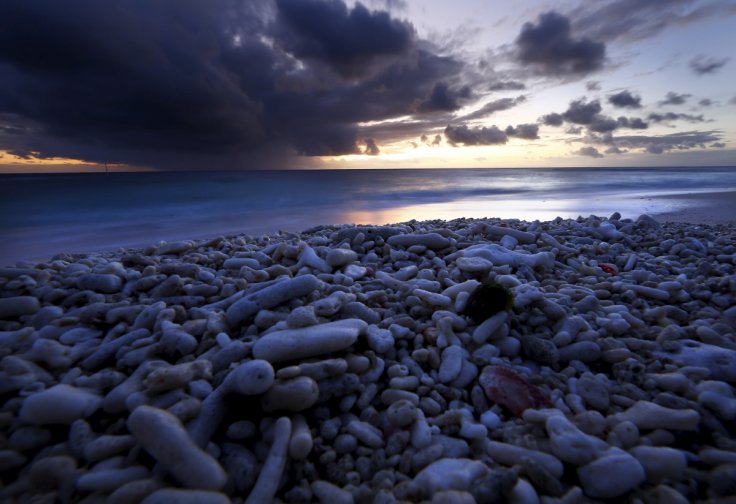
Coral reefs all around the world are under threat, thanks to the effects of climate change and ocean pollution. But recently, Australian marine biologists said a mass coral spawning has just started on Australia's Great Barrier Reef.
As per early indications, this annual event is probably the biggest in recent years. The researcher stated that the first night of the 2019 spawning was notably "prolific" in a positive sign for the under-threat marine ecosystem.
Marine biologist Pablo Cogollos, from Cairns-based tour operator Sunlover Reef Cruises said, "There were three times the volume of eggs and sperm compared to last year when the soft corals spawned four nights after the full moon and it was deemed to be the best coral spawn in five years."
It should be noted that once in every year, the world's largest coral reef system witnesses the release of coral eggs and sperm that increases the chances of fertilisation. This phenomenon occurs in specific conditions such as after a full moon when water temperatures stand between 27 and 28 degree Celsius. First, the soft corals release the eggs and sperms, then the hard corals, within a time period of 48 to 72 hours.
However, a team of researchers at Bar-Ilan University and Interuniversity Institute for Marine Sciences in Israel and the University of Queensland in Australia conducted a long-term survey on Australia's Great Barrier Reef. Their findings suggested that since 1928, inter-tidal communities have experienced major shifts in phases as a result of local and global environmental change, leaving a few indications that coral reefs will return to their initial state in future.
Other studies also claimed that the microscopic plants that live within the tissues of the corals, give them the colour and most of their nourishment. But if the sea temperature rises by a degree or two, the corals discharge their plant partners. Which means, they will lose the main source of food and then turn white. In Australia's Great Barrier Reef, where the sea is unusually warm and caused many of the reefs to be bleached in this way. So, if the ocean temperature continues to rise, then these will starve and eventually die.
The CO2 not only causing global warming but also making the seas more acidic and no reefs can survive both changes. It will also become very challenging for habitants of coral reefs.









